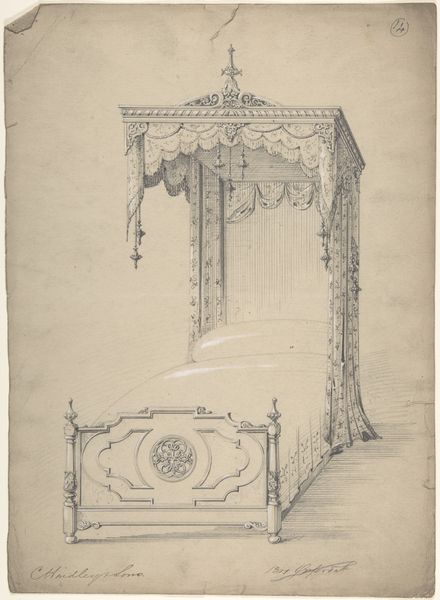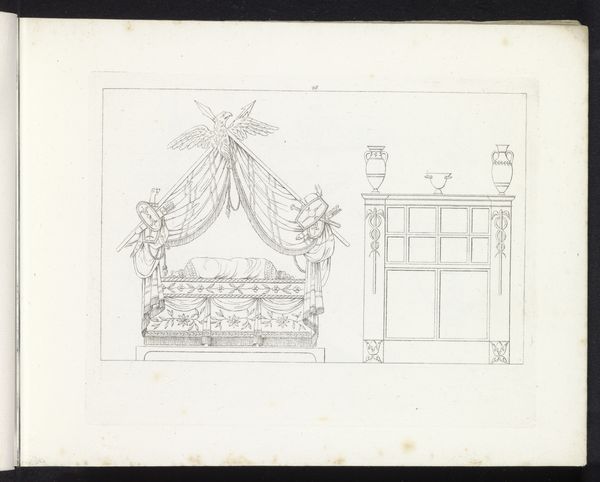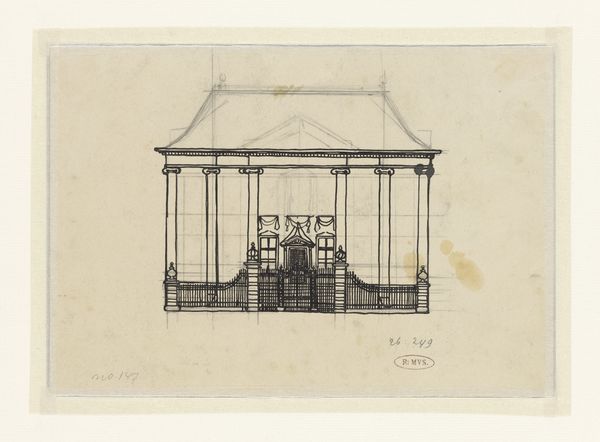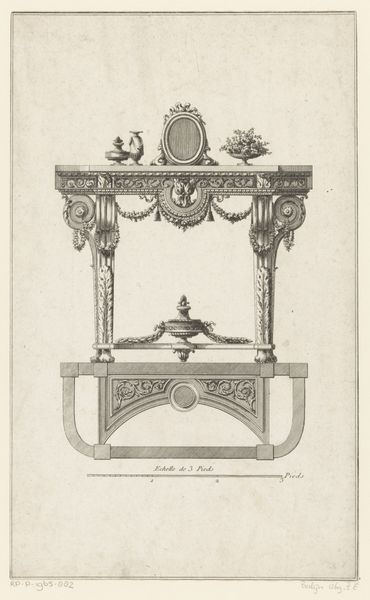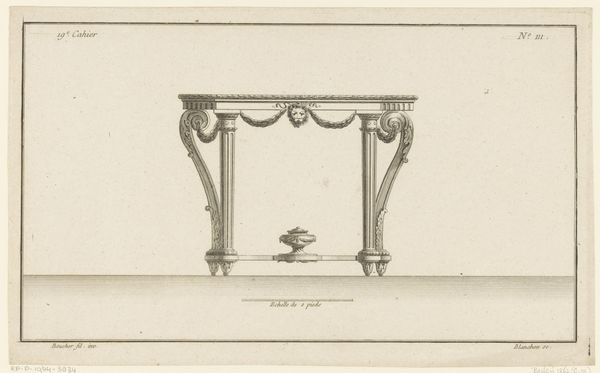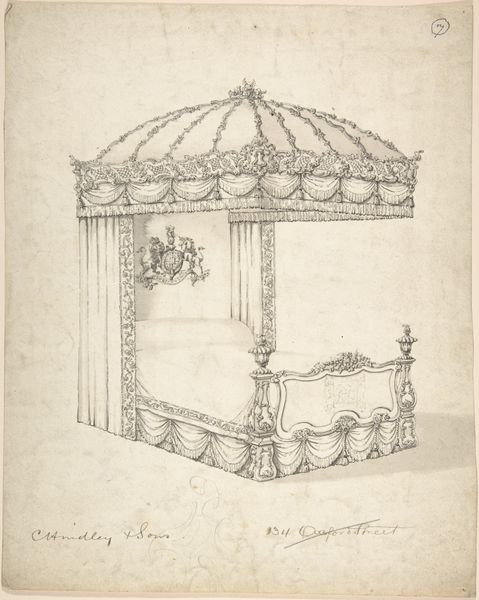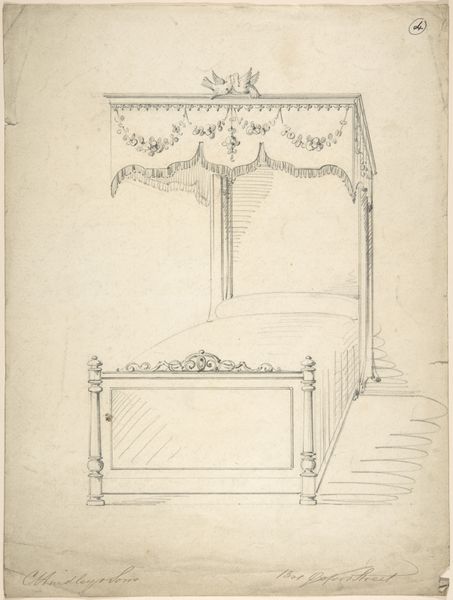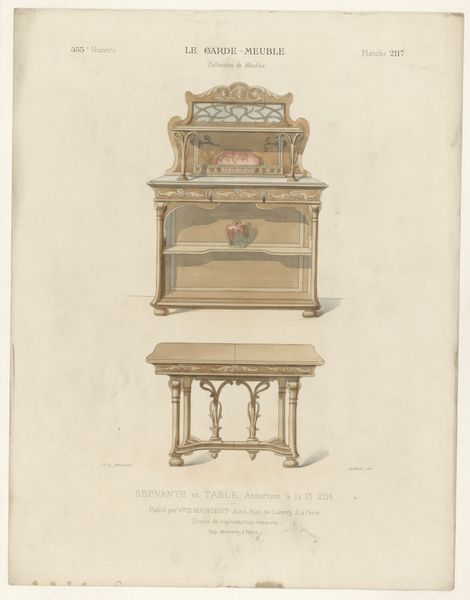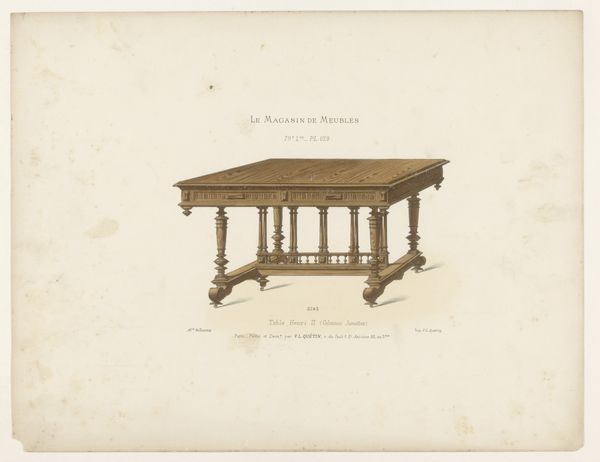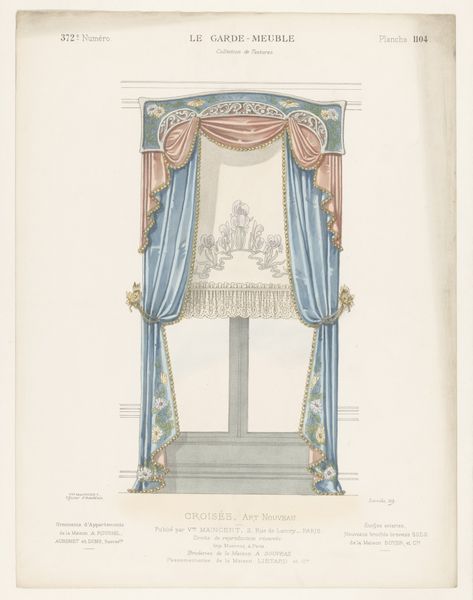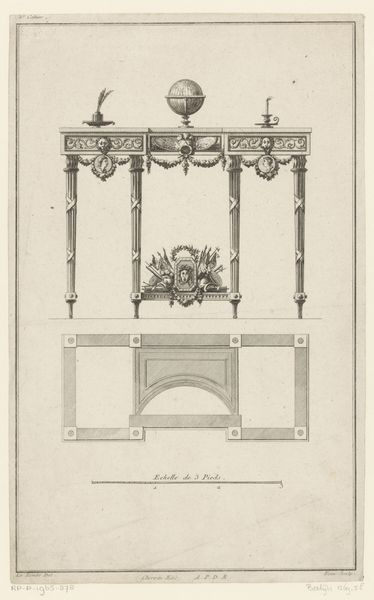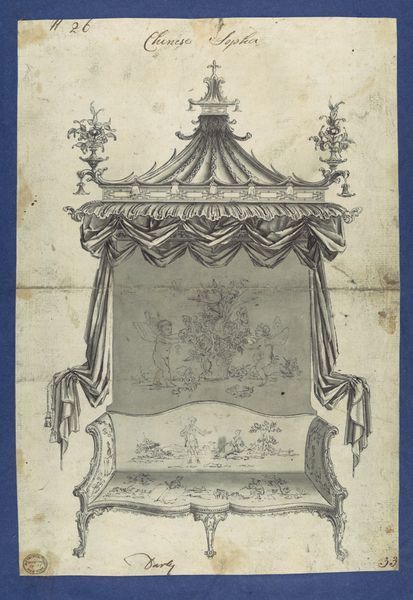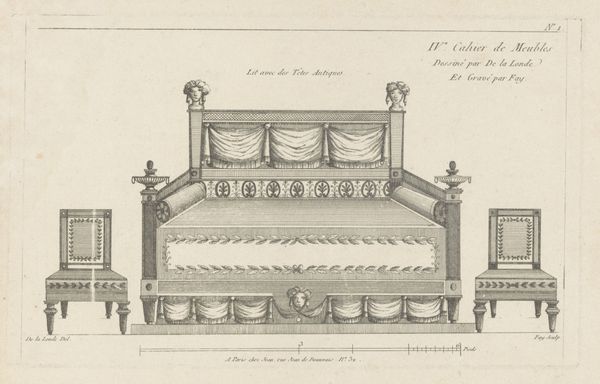
print, etching, engraving
#
portrait
#
neoclacissism
# print
#
etching
#
etching
#
history-painting
#
engraving
Dimensions: height 128 mm, width 153 mm, height 189 mm, width 311 mm
Copyright: Rijks Museum: Open Domain
Curator: This is "Praalgraf voor Jan Hinlopen," a print created between 1808 and 1809 by Abraham Vinkeles. The piece, housed here at the Rijksmuseum, depicts a lavish tomb or memorial. Editor: It’s rather austere, isn't it? Stripped of color, almost architectural in its precision, yet draped with fabric implying wealth. What purpose did such a piece serve? Curator: These prints circulated within a very specific social sphere. The Hinlopen family was among the wealthiest and most influential in Amsterdam. This image serves as both commemoration and a statement of power. It presents death within a framework of neoclassical ideals—restraint, order, but grandeur nonetheless. The engraving emphasizes Jan Hinlopen’s status. Editor: And the engraving itself speaks volumes. Think of the skilled labor required to produce these fine lines, the deliberate process of etching, a highly controlled transfer of image. It's a manufactured object designed for wide circulation, effectively branding a family’s legacy and projecting their status throughout society. The materiality really underscores how identity was crafted. Curator: Precisely! The print's distribution reinforced the established hierarchy, but within a changing political landscape. The Netherlands were under French rule during this period; therefore, a powerful family’s public display became extremely calculated. This memorial’s prominent place in Amsterdam signaled the family’s sustained relevance amid political shifts. Editor: This neoclassical style becomes particularly intriguing here. A tomb, typically a symbol of finality and humility, yet presented as a status symbol! I wonder about the implications surrounding craftsmanship and value in producing these engravings. Did Vinkeles consider it as artistry or manufactured memorial? Curator: Vinkeles would’ve been aware that he was not just an artisan but a participant in constructing the historical narrative. These weren’t just commemorative items; they reinforced certain political and social norms. Editor: It is so interesting to note that each stage of artwork production and even consumption, can influence social standing. Curator: Absolutely. It makes you look at historical commemorations with a different lens. Editor: Definitely. It encourages us to look beyond simple aesthetics, seeing the means and the social intentions behind its production and impact.
Comments
No comments
Be the first to comment and join the conversation on the ultimate creative platform.
